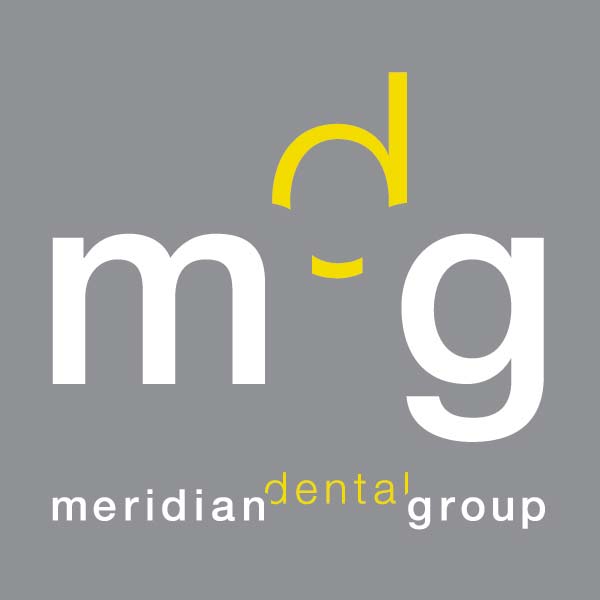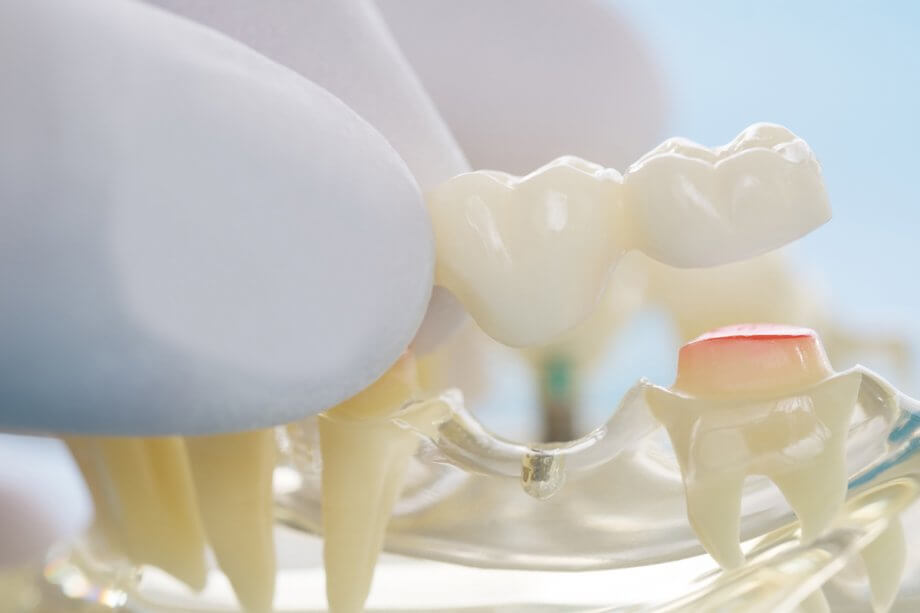Dental bridges are a popular type of dental restorative treatment that has been around for a long time. However, other more advanced solutions, such as single-tooth dental implants, might make it difficult to choose the best option for you. Comparing the pros and cons of dental bridges helps you to decide if the treatment is right for you. Your dentist can also discuss alternative solutions based on your oral care needs.
What are Dental Bridges?
Tooth loss is common due to decay, gum disease, or oral trauma. A dental bridge is a type of artificial (false) tooth similar to dentures that “bridges” the gap left by a missing tooth. It’s an affordable option available to individuals looking to replace one or more missing or damaged teeth that cannot be restored.
A typical bridge consists of two customized crowns that are cemented to healthy teeth on either side of the gap. The crowns are used as an anchor (abutment) that holds the false tooth/teeth placed in the gap. These false teeth, also called pontic, are made from metal, porcelain, ceramics, or porcelain fused to metal.
Types of Dental Bridges
All bridges are not created equal. You’ll get a chance to decide between these types:
- Traditional bridge: The pontic is held in place by a crown placed over the tooth on each side of the gap.
- Cantilever bridge: The false tooth is held in position by a crown placed only on one of the natural teeth next to the gap.
- Maryland bridge: A metal or porcelain framework is used to attach the prosthetic tooth to the back of your natural teeth.
- Implant-supported bridge: The pontic is attached to retainer crowns held in place by artificial metal tooth roots called implants.
Pros of Dental Bridges
- Restore your smile
- Improve chewing, biting, and speech
- Prevent teeth from shifting
- Help maintain your facial shape
- Better than dentures that are bonded to your gum and prone to slipping or falling out
- No surgery is required for the traditional, Maryland, and Cantilever bridges.
- Fast tooth-replacement option except for implanted-supported bridges that can take several months
- More affordable than individual dental implants and replacement crowns
- Likely to be covered by insurance
Cons of Dental Bridges
- Requires natural teeth on both sides of the gap
- Healthy teeth need to be shaved down to accommodate the abutment crowns.
- Shaving down healthy teeth permanently damages the enamel.
- Permanent damage to healthy natural teeth used to anchor the Maryland bridge
- Abutment teeth are still at risk of decay
- Implant-supported bridges are almost as costly as getting regular dental implants.
- Bridges need to be replaced at least every 5-7 years except for implant-supported bridges.
- Bone grafting is required in some cases for implant-supported bridges, increasing the cost and length of the process.
- Can cost as much as a single implant crown in the long run
Making the right decision about dental bridges or any other tooth restoration treatment can save you from stressing over the appearance of your smile. You’ll also save time and money by opting for a teeth-replacement solution that doesn’t require frequent maintenance.
We’ll Help You Choose the Right Dental Restorative Option
Our dentist will evaluate your teeth and gums and consider other factors that may or may not make dental bridges right for you. We may recommend a more durable and long-lasting alternative such as dental implants. Call (212) 813-0850 to schedule a consultation or request an appointment. We look forward to helping you transform your smile and your self confidence.

